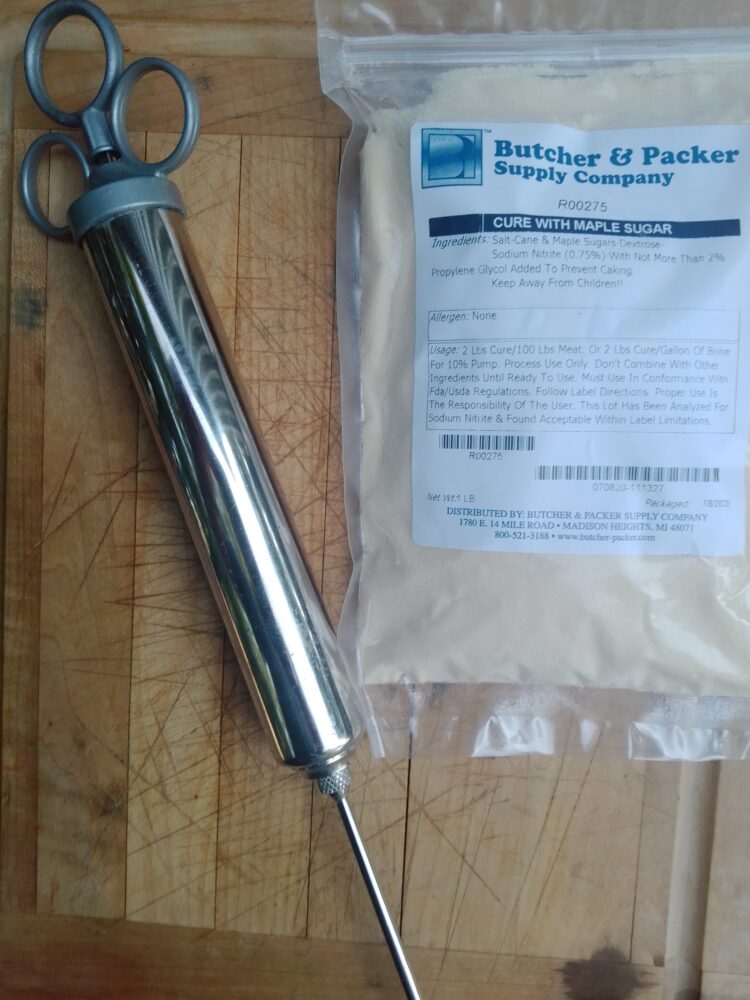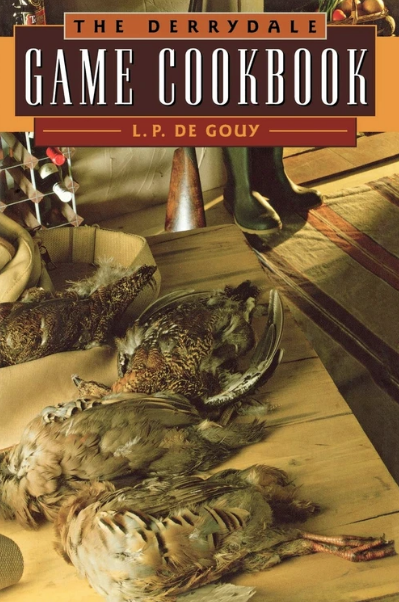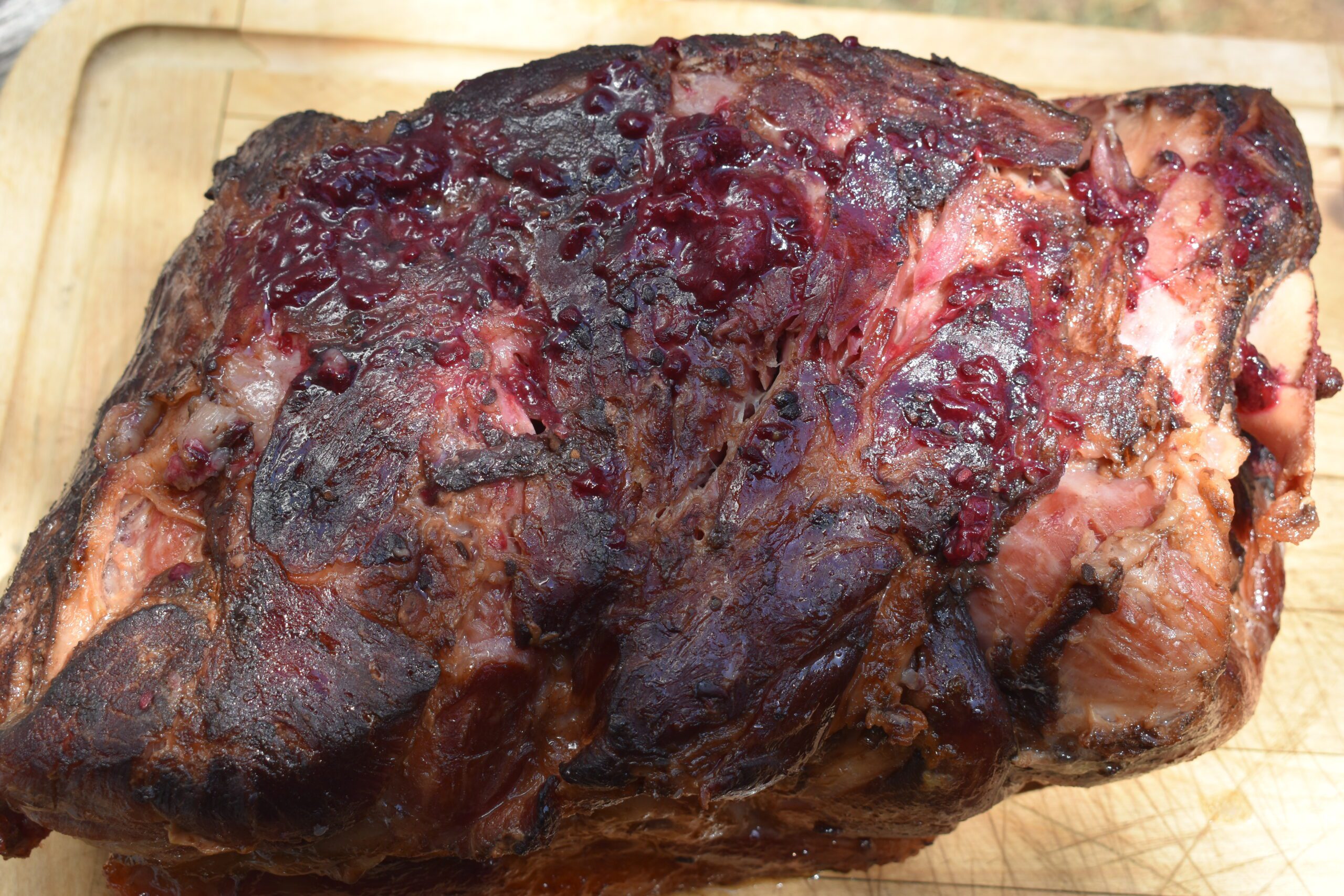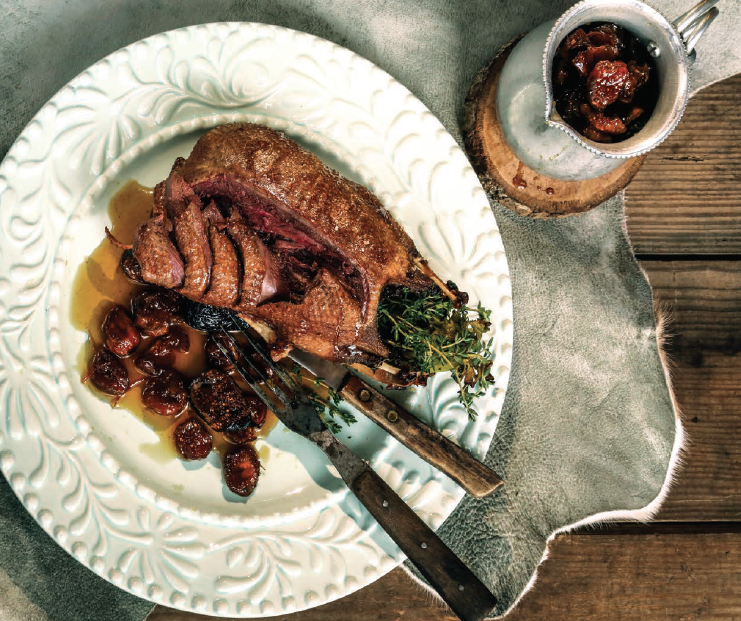I made the very best ham I have ever tasted and after reading this week’s column, I have absolutely no doubt you can easily accomplish the same.
Don’t get the wrong Idea when you read some of my columns that pertain to outdoor cooking. I’m certainly no chef but I don’t think a good camp cook needs to be professionally trained in order to crank out tasty meals. I have studied under some of the best cooks around in hunting camps from Canada to Mexico and always tried to pick up a tip or two from each one I spent time with. I’ve also spent a great deal of time experimenting. Yep, I’ve prepared everything from sourdough biscuits cooked in a Dutch Kettle to venison stroganoff and lots of things in between. But this past week, I made the very best ham I have ever tasted and after reading this week’s column, I have absolutely no doubt you can easily accomplish the same.
A few years ago, I began writing and giving folks instructions on curing and smoking chunks of pork. I’ve noted a big interest in this time-honored craft that back a half century or so ago was common knowledge for every farmer in the country. I call everything from shoulder roasts to cuts from the ham “HAM.” After all cured, smoked pork taste pretty much the same, regardless the cut. Granted, some parts of the hog contain a bit more fat and fill the bill as to what most folks consider as being “ham.” There is absolutely nothing difficult or unsafe, for that matter, about curing pork. The process takes six days in a brine solution and the resulting product is cured pork.
A little over a week ago, I took a picnic roast (raw) that weighed about nine pounds, injected it with sugar cure, honey and brown sugar and placed it in a plastic tub in the fridge for six days. I glazed it with some homemade blackberry jam and smoked with hickory wood until well done and tender. This was hands down the very best ham I have ever tasted. I’m fresh out of wild pork, a dilemma I plan to resolve soon, so I used some “on sale” picnic ham meat I found for $1.00 per pound. The finished product had a smoky slightly sweet flavor and rather than “cold smoke” it at very low temperatures for many hours, I went ahead and set my Smokin’ Tex smoker at 225 degrees and in eight hours I had a tender, fully cooked ham.
I’m about to walk you through the process and include everything you will need to replicate the gourmet ham I just created. Follow these instructions and your ham will be every bit as tasty and remember, you can use any chunk of pork you find on sale and this includes shoulder roasts, large loins or picnic or shoulder roasts. I would concentrate on chunks of meat weighing between eight and 10 pounds.
What You Need

Other than the pork, you will need cure. I keep it simple and order a packet of maple sugar cure from Butcher Packer supply. The cost is only a few dollars and it’s pre mixed; you just add water. You’ll need an injector needle, a plastic tub with lid, honey, brown sugar and some blackberry jam.
Curing the Meat
Begin by mixing the contents of the packet with one gallon water. Now, use your injector needle and pump the meat full of the brine solution. Make sure and inject the areas around the bone. Place the meat in the plastic tub and into the fridge for six days, every day or so, turn the meat so as to more evenly distribute the cure.
After the Curing Period
After six days, drain the brine from the tub and thoroughly rinse all the cure from the meat. Then, I like to leave the meat in fresh water for 15 minutes or so to further remove cure/salt. Now, it’s time to mix honey, brown sugar with a little warm water and, using the injector needle, load the inside of the ham with the solution. On this last ham, I added three tablespoons of blackberry jam to this sweet mixture. I used a big injector needle that allowed the seeds of the blackberries to pass through the needle. I’m positive I could have used jelly and the flavor would have been the same. After the ham is thoroughly pumped with the solution, give the exterior of the meat a heavy coat of brown sugar, honey and coat with blackberry (or your favorite berry) jam. My goal was to fully cook the ham so that it would be ready to eat rather than cold smoking it for many hours. Remember, it’s safe to cold smoke cured meats at low temperatures if you want a traditional ham that you can slice and fry for breakfast. I wanted my ham to be ready-to-eat, more like a very tender baked ham.
Into the Smoker
I loaded the smoke box of my Smokin’ Tex electric smoker with hickory wood, set the thermostat at 225 degrees and let the heat/smoke work its magic on the ham. The cut of domestic pork I was using had plenty of fat to keep the meat basted and I didn’t see the need to wrap it in foil. Had I been using wild pork with less fat, I would have wrapped the meat after about three hours of smoking. I placed the ham in a toss-away aluminum pan and let it cook at 225 degrees for about seven hours. After seven hours, I found the ham to be thoroughly tender. I basted the outside of the ham with a final coat of blackberry jam and honey and allowed a glaze to form and then allowed the ham to cool.
Of course, ham sandwiches right away were in order and they were, hands down, the best we’ve ever eaten. But the next day, we used some of the ham to season a pot of pinto beans, fried some potatoes and onions with bits of ham. Yes, we did have a big pan of cornbread to top off the meal. You can do this! Give it a try and let me know the outcome.
Contact outdoors writer Luke Clayton via his website www.catfishradio.org
 Like the hunting and fishing classics Derrydale published in the 1930s, this cookbook has only improved with time. This is a no-nonsense, practical guide to cooking virtually every kind of wild game with everything from simple recipes to gourmet level preparation.
Like the hunting and fishing classics Derrydale published in the 1930s, this cookbook has only improved with time. This is a no-nonsense, practical guide to cooking virtually every kind of wild game with everything from simple recipes to gourmet level preparation.
L.P. De Gouy is the author of the Pie Book, The Soup Book, Sandwich Exotica, The Derrydale Fish Cookbook, and more. Buy Now




